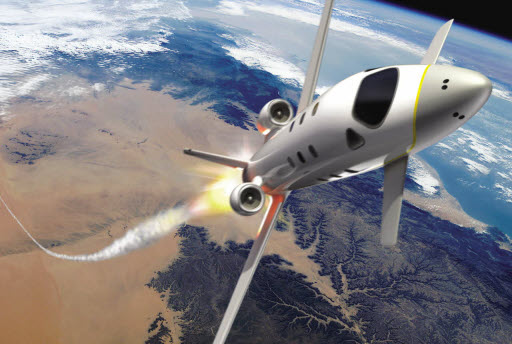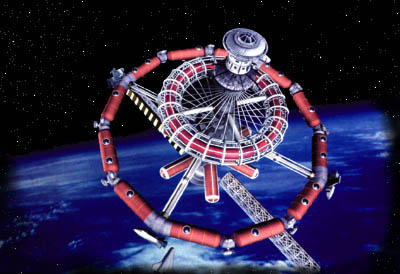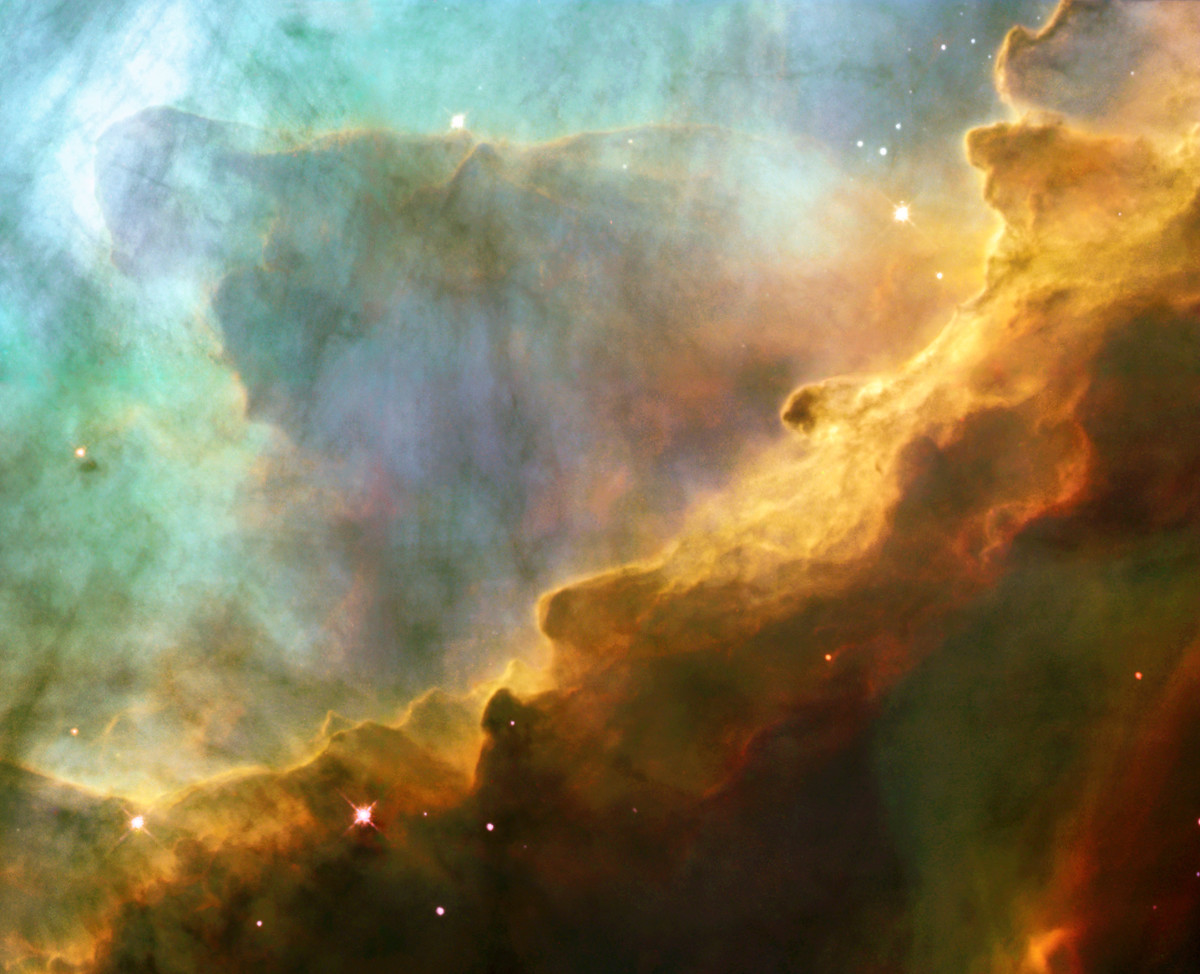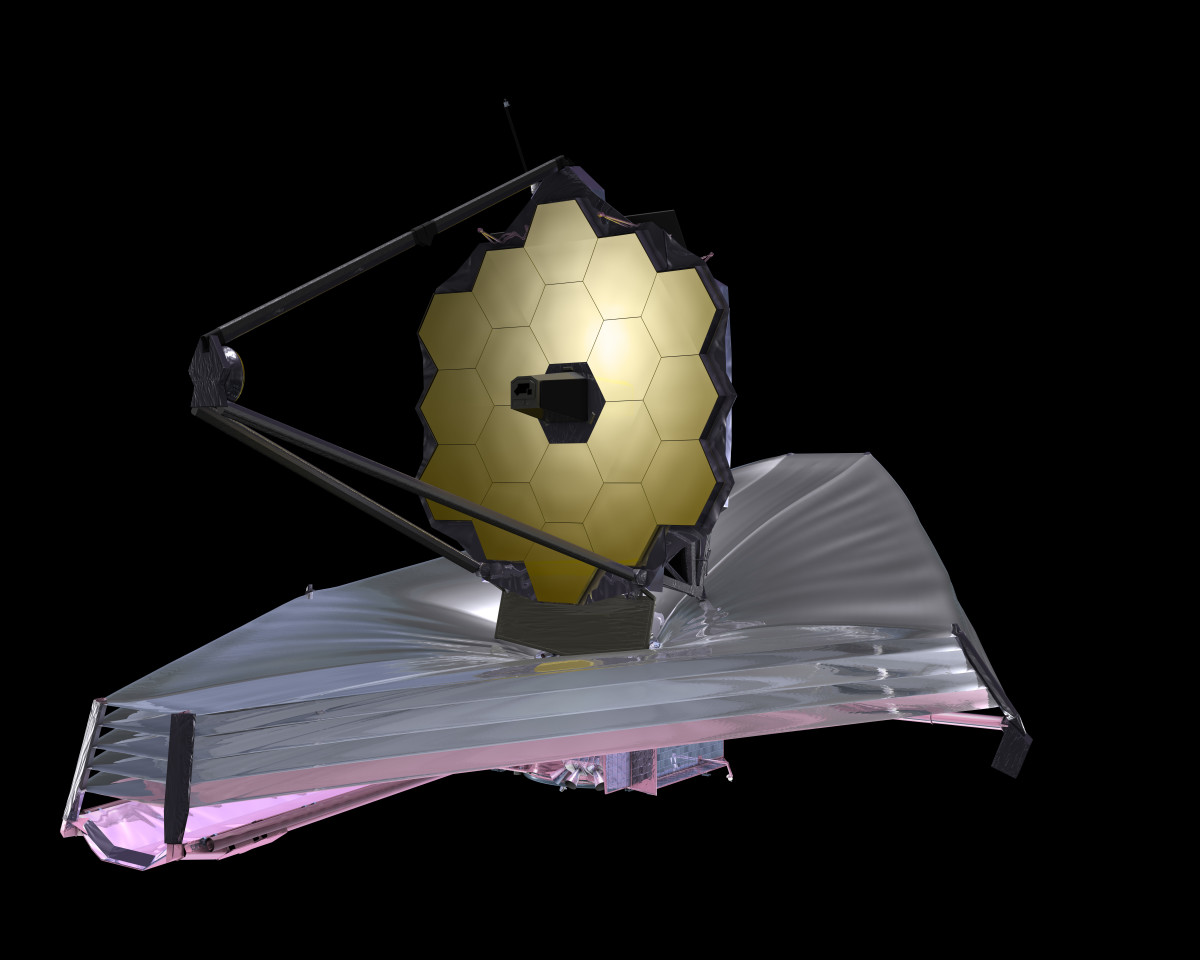The Formidable Challenge of Interstellar Travel
Space torism and colonization is just beginning



There are the usual tourist destinations and then there are the TOURIST DESTINATIONS of tommorow
We who are Earth bound and look longingly into the vast expanse of the heavens, imagine what kind of worlds exist there in the immense gulf of space between our fragile world and these beckoning places. Once more the pioneering spirit calls to the adventurous among us to take flight and make their groping way to places as yet unknown. The lure of space is strong, hinting of untold riches and paradise worlds rivalling or surpassing the Earth. Then there is the lure of escape for a host of Earth bound reasons. Perhaps your life has nothing but misery on Earth, and the dream of escape to a better world is tempting to you, just as new world dreams lured many pioneers across dangerous seas in leaky boats, in days gone by. Perhaps you seek asylum from political or religious persecution or an economic opportunity to release you from hopeless, grinding poverty. A new start in these circumstances can look mighty appealing. There must be a thousand reasons to spur people to distant shores. I am among them!
Before you rush off into the lonely interstellar depths, consider the challenges that lie in the path. They are far more formidable than any encountered at sea.
-
Distances to even the nearest stars are vast compared to what we are used to on the confines of the Earth. Between galaxies, they are inconceivable.
-
Space is littered with unseen obstacles; black holes, radiation, gamma rays, dust, pebbles, boulders, asteroids, comets and rouge planets, and that is just what we know at this time. The paths and positions of most of these objects are almost completely unknown.
-
Human needs such as water, food, air, and shelter limit our range over these enormous distances, especially given current technology.
-
Technological breakdowns can ruin a mission long before it even leaves the solar system. The history of robotic and human missions thus far demonstrates this risk clearly. Clearly, space exploration cannot run by a consortium of minimum bidders. Every precaution must be taken, and this can be expensive. Even this is not immune from breakdown.
-
To move from one planet or stellar system to another, great amounts of energy are needed to escape the suns gravity well. We may be able to use the sun itself to fuel this escape.
-
Laws of physics like the conservation of angular momentum make it difficult to radically change orbits, like one bound to an accretion disk to one that is off the accretion plane like the orbit of a typical comet.
-
Evidence of current space travel tells us that human bodies deteriorate in space. Bone mass falls off, hearts and muscles atrophy. Although artificial means can slow the deterioration, the effect still occurs. Man evolved in a gravity well. In space, a new evolution clearly presents itself based on what has been observed with cosmonauts and astronauts, especially during long stays in space stations in orbit.
Despite these formidable obstacles, there are solutions. For instance, we may not need to carry vast amounts of fuel, but derive our energy externally to our space vehicle. Only small amounts may be required for emergencies and thus mass can be lowered substantially. To launch three men to the moon in 1969, the Saturn 5 complex was 98 percent fuel by mass. Just two percent was hardware and human cargo. Most of that non-fuel mass was jettisoned before low Earth orbit was achieved. To go to Mars by these means, suggests a fuel mass ratio that is even much greater. Clearly, a much different approach is needed. One must separate the fuel and space vehicle. The fuel, located off ship, generates power and this is transmitted to the ship in the form of energy that remotely powers the space ship receiving it. Initially, the sun as an energy source is a good consideration. The sun's electromagnetic radiation can easily power vast space born power stations in orbit around it. The energy produced can be converted to microwave energy beamed to ships via masers. On the ship, this is converted to electricity for ion, plasma or magnetic drive. So then, to power such fuelless ships, we need to first build the space born fuel facilities in the form of solar power converters. Initially, some can be built on Earth, but eventually, many must be built in space and strategically located throughout the solar system.
Alternately, we can exploit the eccentricity of minor planets orbits to hitch a ride away from the sun and toward the outer planets and even the Kuiper belt or Oort cloud.
Advancing to space tourism
Two solutions exist for the problem of breakdowns. One is simplicity, avoidance of moving parts. The other is to build a ship large enough to be self-contained and totally self-sufficient even for the longest of missions. The best solution is a hybrid between the two strategies. There already exists in the patent files, wondrous devices that are not in the public domain, simply because they surely threaten the established order of oil cartels and large automobile conglomerates. The hold of the few on wealth and power is tenacious beyond the reckoning of most. It drives contemporary world politics and economics.
One of these is the patented permanent magnet motor-generator combo. Among the most remarkable advances of 20th century technology, this motor was patented in 1976 by Howard Johnson. (Patent # 4,151,431). The motor was first conceived as a linear motor and later developed into the present rotary type. It is capable of being connected to a standard generator. Today, units generating 5,000 watts can be made, but they are not, despite a critical need to mass-produce them. With this one device, we can forget fossil fuels, dangerous radioactive elements in nuclear reactors and reshaping the rivers to create power. We can even get by without inefficient solar power and wind generating facilities. Little wonder it is banned in current society! Its free introduction would create a society shaking and reordering revolution. Yet, in order to preserve the world climate and ourselves along with it, we must move away from burning fossil fuels and fissionable reactions.
Large self sufficient ships are also required to contain the facilities to accommodate human needs whether carrying them or producing them in flight for the total duration of the mission. Human needs alone require a large ship or a tiny crew. Given our need for others, the later appears to be ruled out. Therefore, a large interstellar ship is needed, just to supply human needs including our need for others. But the large crew will have to be chosen carefully so that everyone is compatible and/or well disciplined. They will have to live in close proximity for long periods. One way to overcome limits imposed by supplying needs is to place most of the crew in suspended animation. A few must remain conscious to deal with immediate and unexpected situations. But placing people in suspended animation only delays the inevitable until later, so it is best to deal with the limits at the outset by either living within them or overcoming them in some manner.
Interplanetary and interstellar space is littered with a host of obstacles, most of them unseen and as yet unknown. A particle the size of a grain of sand impacting a fragile space ship will do more damage than a large caliber bullet fired at comparatively much slower speeds. Then there is the problem of gamma rays and ionizing radiation. Ionizing radiation can be deflected by powerful electromagnets. The magnets must be large and as a consequence, they have a high mass. Sand sized impactors are not so easily deflected. Heavy shielding must be maintained to simply absorb the punishing impacts. The more rare large objects may be detected in advance and blasted to atomic dust by powerful lasers. Here again, we must add to the mass required to have lasers of such magnitude. Such lasers exist today that are capable of destroying missiles in flight, but they are so large, they have to be mounted in a commercial sized jet. Then there are the energy requirements to power such devices. One way to minimize impacts by sand sized particles is to lesson the ships profile facing the barrage. The ship may need to be long and slender, shaped like a needle, or designed within an iron nickel asteroid. Large objects in the flight path spotted early enough can simply be dodged. Rogue planets and black holes are something else. These can only be dodged, unless of course, the crew wants to stop over at the rogue planet, possibly for supplies, but this entails deceleration and a lot of advance warning time.
All of the foregoing in consideration, the most formidable obstacle is sheer distance. With current technology, a trip to the Alpha Centari system would take many thousands of years. A trip to the galactic core would take millions of years, clearly a problem needing a solution. What we have found by exosolar planets to date is tantalizing and beckons us to the interstellar depths. We don't know if wormholes exist beyond theory. We must work from what is known and proceed from there. We do know that the speed of light is a real limit imposed on space travel. Even reaching a substantial fraction of that limit adds to mass. For instance, an object the size of the space shuttle travelling at a third of the speed of light impacting on Earth would do as much damage as the Chixculub event that drove the dinosaurs into extinction. That represents a lot of energy and that has to come from somewhere.
So then, with the foregoing in mind, it is now necessary to come up with solutions. This is necessary as our tenure on Earth is limited to 250 million years at best. Within 500 million years, the Earth will be sterile; too hot to hold water let alone support life, as we know it. The sun is slowly getting hotter and it will become too hot for the Earth at that time, to support life. One of the immediate solutions is to conserve energy by hitching rides on Earth crossing asteroids to the rest of the solar system. Tentative first steps have already been taken in the form of probes to both Eros and Mathilde, one of which is an Earth crossing asteroid. So we know that we can exploit orbital eccentricity that naturally occurs in the solar accretion disk. This would be a good first step and moves have already been accomplished more than once. We can leap frog from asteroid to asteroid virtually all the way to the Kuiper belt with very little expenditure of energy in the entire trip. A second step is to set up asteroid colonies, which are much more feasible than lunar ones owing to very low asteroid gravity. These can be mined for resources to build the space born power facilities needed to power the great interplanetary ships in the relatively near future. Fortunately, we know that almost everything we need for survival and living in space is available in asteroids and comets that periodically come close at hand and are as a result, easy to reach.
The first space colonies will be crude affairs, probably hollowed and sealed asteroids, honeycombed with chambers made due to mining them. The fortunate by product of mining is a continually growing living space. The whole process is self-perpetuating and geometrically accelerating. We need only start the first "seed" colony on one of the Earth crossing asteroids, like Eros or Toutatis in the relatively near future. It would be a far better thing to mine an Earth crossing asteroid to oblivion before the fateful day of impact occurs. To do nothing is the worst sort of negative option going, sealing our fate by merely doing nothing. To spare our lives, we must begin the process of using Earth crossing asteroids for the benefit and future of all Earth occupying species.
The proven existence of gold and platinum in asteroids is proving to be a draw into space
- BBC News - Mining asteroids for gold and platinum
Details have been emerging of the plan by billionaire entrepreneurs to mine asteroids for their resources. - Tech billionaires announce audacious plan to mine asteroids
There's gold in the asteroids - and there's also platinum, cobalt, iridium, and many, many other precious or industrial metals; for this reason, they have









